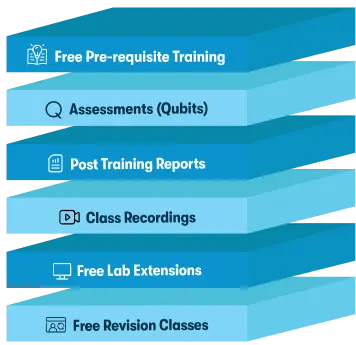We're open through the holidays to support your upskilling goals — book your session today!
We're open through the holidays to support your upskilling goals — book your session today!
Unable to find what you're searching for?
We're here to help you find itDeveloping Secure Software (LFD121) Course Overview
Modern software is under constant attack, but many software developers have never been told how to effectively counter those attacks. This course works to solve that problem, by explaining the fundamentals of developing secure software. This course starts by discussing the basics of cybersecurity, such as what risk management really means. It discusses how to consider security as part of the requirements of a system, and what potential security requirements you might consider. This first part of the course then focuses on how to design software to be secure, including various secure design principles that will help you avoid bad designs and embrace good ones. It also considers how to secure your software supply chain, that is, how to more securely select and acquire reused software (including open source software) to enhance security. The second part of this course focuses on key implementation issues: input validation (such as why allowlists should be used and not denylists), processing data securely, calling out to other programs, sending output, and error handling. It focuses on practical steps that you (as a developer) can take to counter the most common kinds of attacks. The third part of the course discusses how to verify software for security. In particular, it discusses the various static and dynamic analysis approaches, as well as how to apply them (e.g., in a continuous integration pipeline). It also discusses more specialized topics, such as the basics of how to develop a threat model and how to apply various cryptographic capabilities.
Purchase This Course
USD
View Fees Breakdown
| Flexi Video | 16,449 |
| Official E-coursebook | |
| Exam Voucher (optional) | |
| Hands-On-Labs2 | 4,159 |
| + GST 18% | 4,259 |
|
Total Fees (without exam & Labs) |
22,359 (INR) |
|
Total Fees (with Labs) |
28,359 (INR) |
Select Time
Select Date
| Day | Time |
|---|---|
|
to
|
to |
Scroll to view more course dates
*Inclusions in Koenig's Learning Stack may vary as per policies of OEMs
Suggestion submitted successfully.
Koenig Learning Stack
Inclusions in Koenig's Learning Stack may vary as per policies of OEMs



